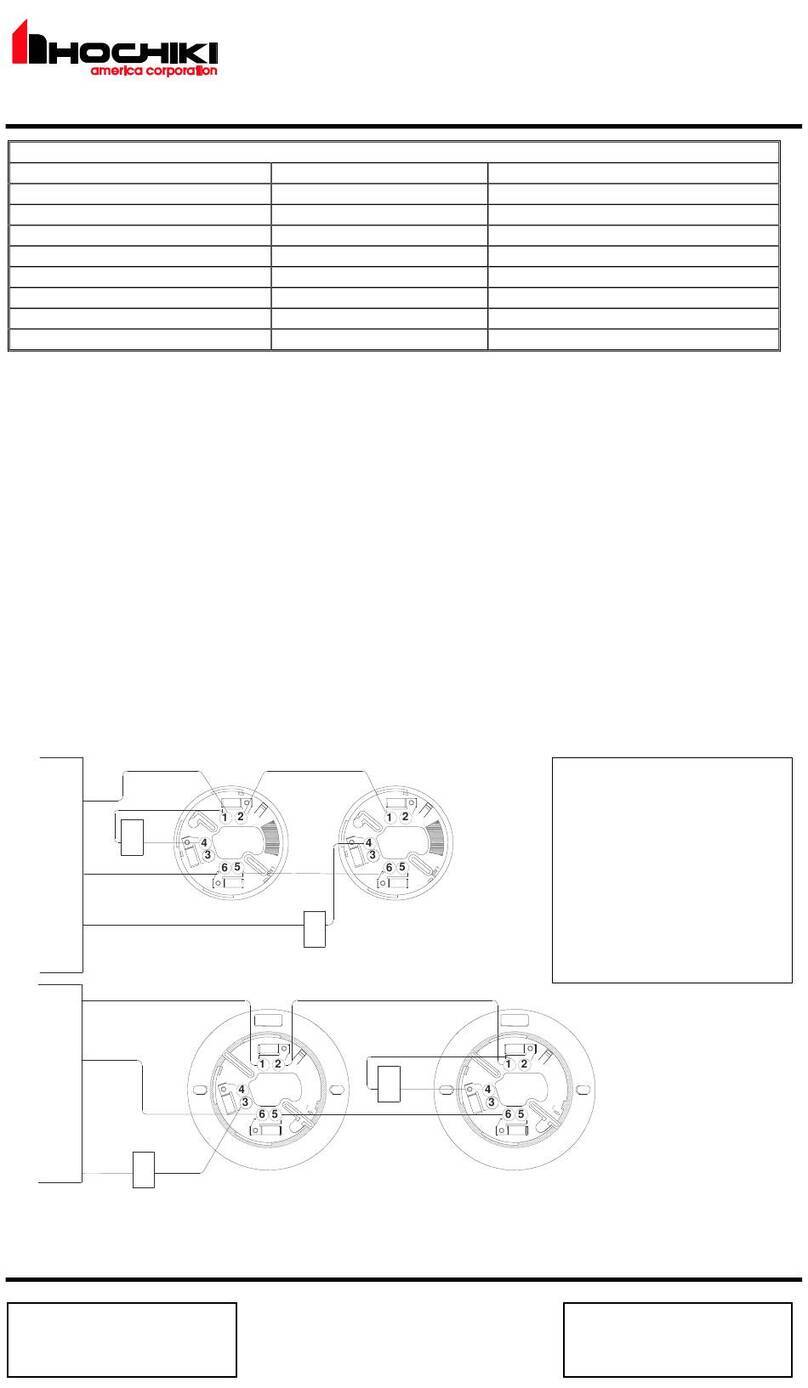
2
Contents
Contents ....................................................................................................................2
1. General Description..............................................................................................4
1.1. Detection principle........................................................................................................................ 4
2. Installing the detector...........................................................................................5
2.1. Siting.............................................................................................................................................. 5
2.2. Mounting and removing the detector.......................................................................................... 6
2.3. Opening the detector cover........................................................................................................... 7
2.4. Installation.................................................................................................................................... 7
2.4.1. Installation option ................................................................................................................. 7
2.4.2. Installation procedure ........................................................................................................... 8
2.5. Closing the detector cover.......................................................................................................... 11
2.6. Adjustment procedure ................................................................................................................ 11
2.6.1. Alignment adjustment......................................................................................................... 11
2.6.2 Setting the Sensitivity & Switches for Operation .............................................................. 12
2.6.3. Signal strength adjustment ................................................................................................ 13
2.7. Sensitivity check procedure ....................................................................................................... 14
3. Maintenance........................................................................................................15
3.1. General ........................................................................................................................................ 15
3.2. Visual check ................................................................................................................................ 15
3.3. Operation checks......................................................................................................................... 15
3.4. Precautions for insulation resistance checking ........................................................................15
3.5. Re-initialisation after cleaning or re-adjustment..................................................................... 15
4. Terminal layout and part designation ...............................................................16
4.1. Emitter ........................................................................................................................................ 16
4.2. Receiver ....................................................................................................................................... 16
5. Summary of the SPC-24's functions...................................................................17
5.1. Alarm signal output and indicator lamp...................................................................................17
5.2. Fault signal output and indicator lamp ....................................................................................17
5.2.1. General................................................................................................................................. 17
5.2.2. After adjustment/re-initialisation.......................................................................................17
5.2.3. During normal operation..................................................................................................... 17
5.3. Indication of normal operation................................................................................................... 18




























